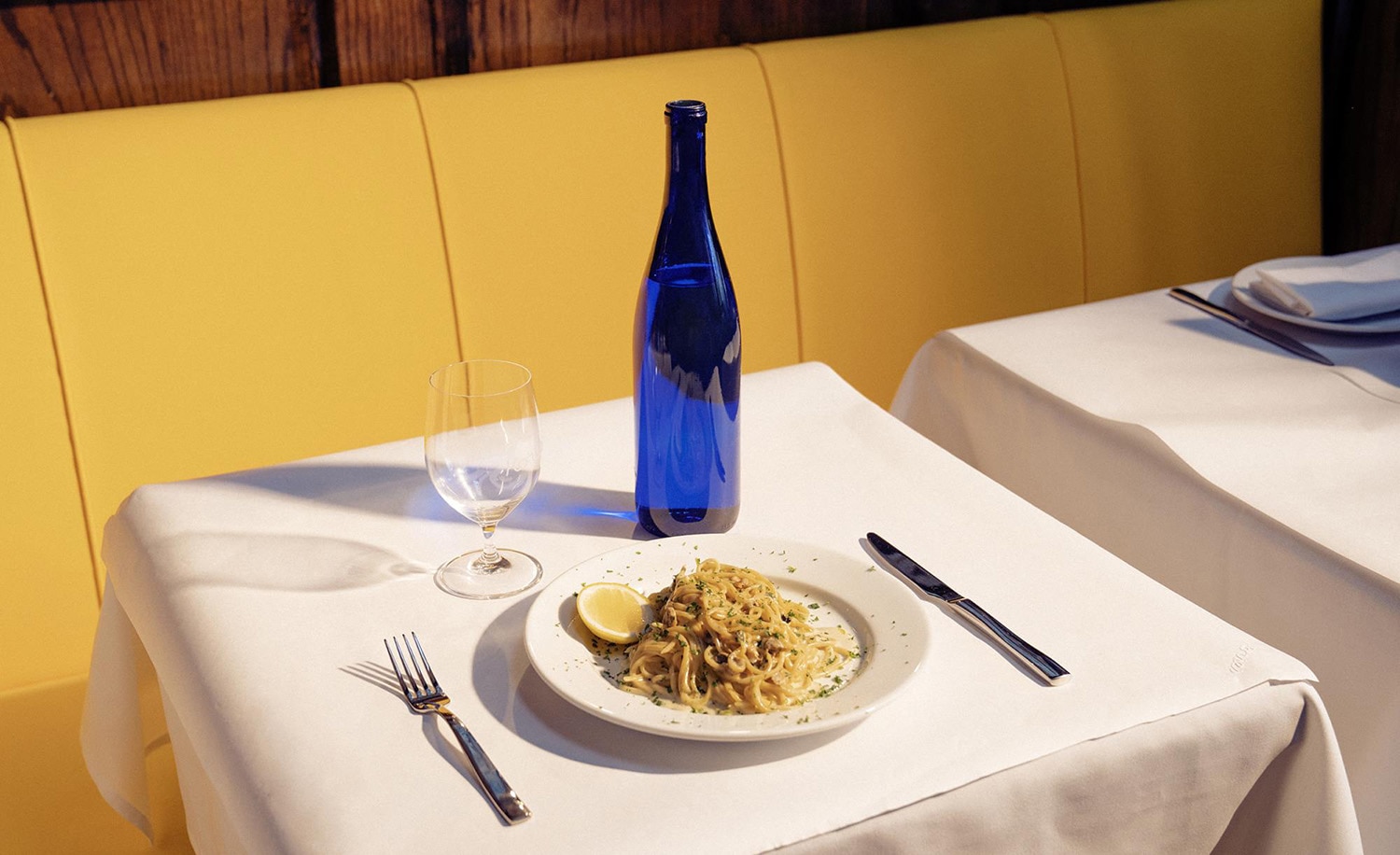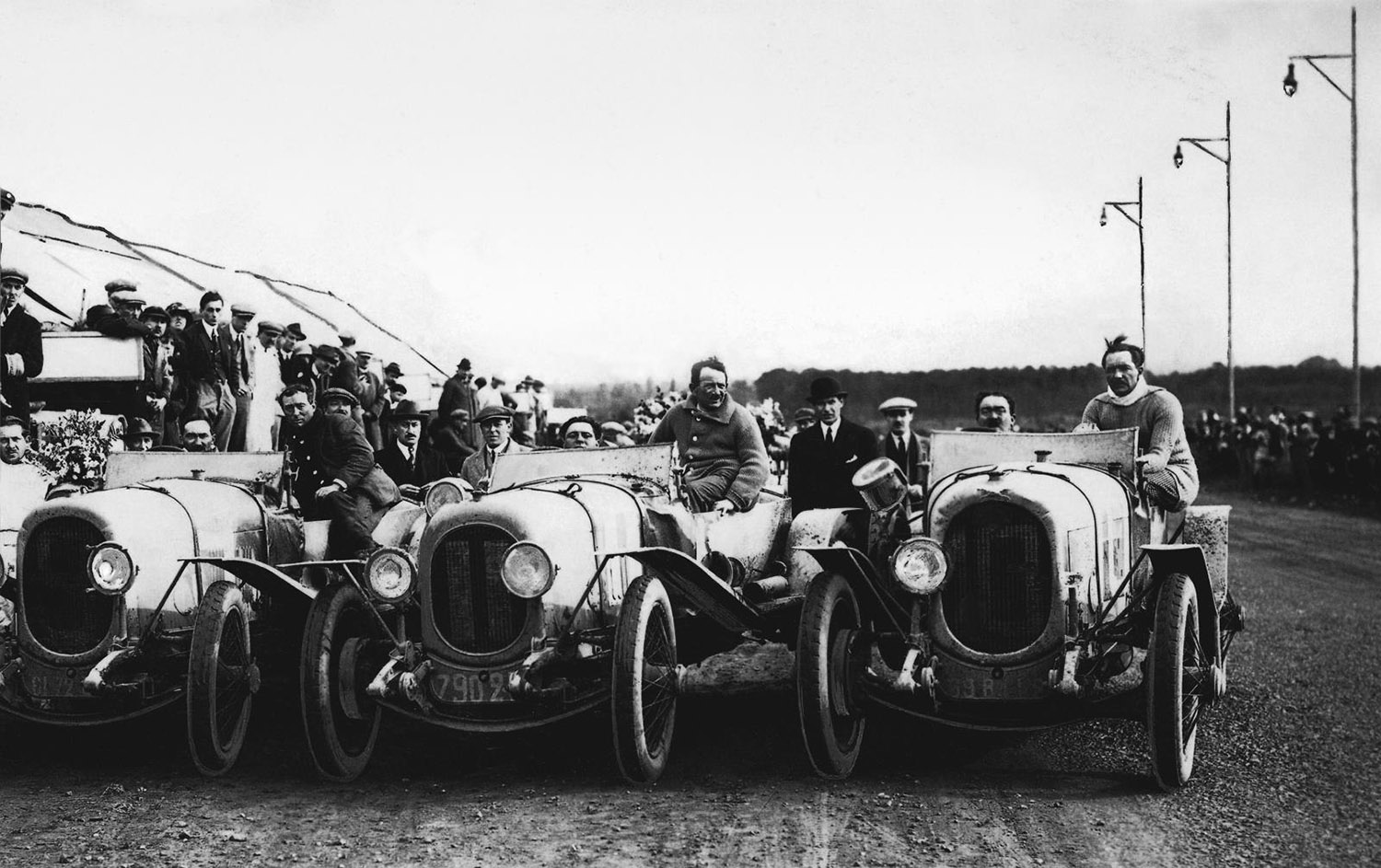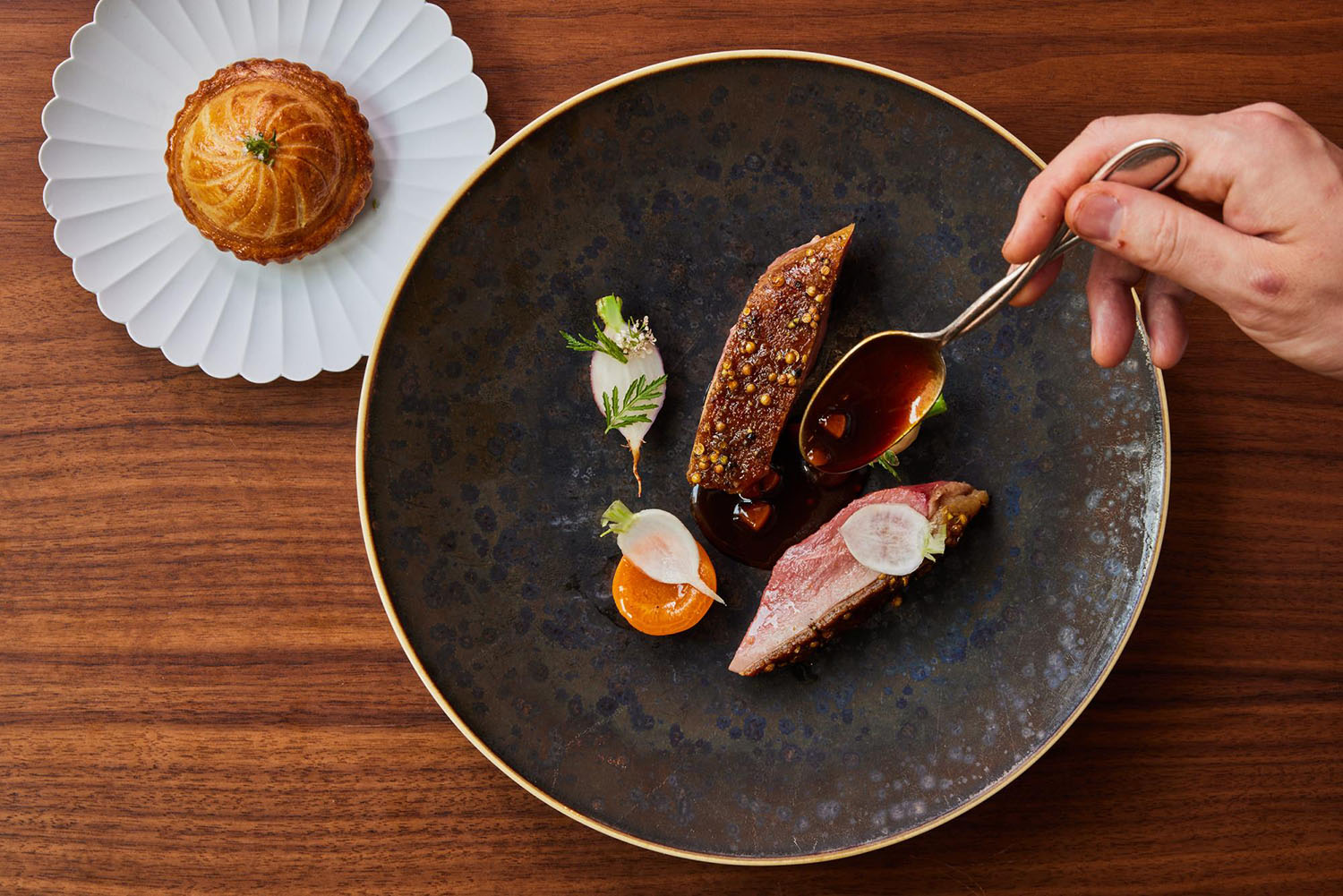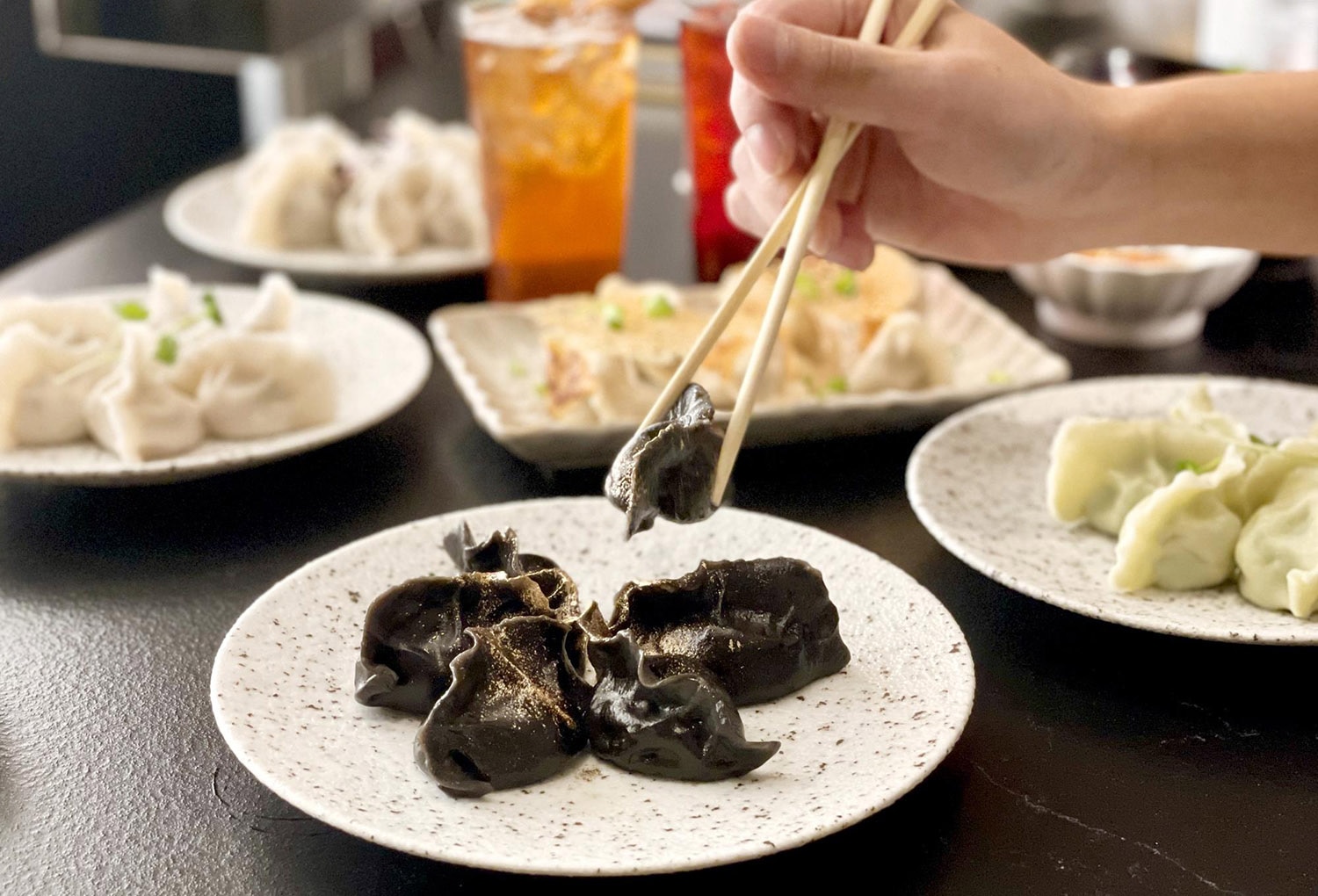Michelin Stars: Why a Tire Company Invented a Restaurant Guide
High-end dining meets the road in the international Michelin Guides and their Michelin Star rating system, the legacy of two early automotive-industry boosters.
 Michelin
Michelin
Around the world, it's an honor (and often a challenge) to get a table at a restaurant sporting the Michelin Star, a long-standing symbol of culinary achievement. But what does an elite ranking system for dining have to do with Michelin, the well-known tire company?
Why did Michelin create the restaurant-guide program?
 Michelin
Michelin
The origin of the Michelin Star goes back to the early days of the automobile. French brothers Ándre and Édouard Michelin founded their self-named tiremaking company in 1889 — a pioneering move, considering that there were fewer than 3,000 automobiles in France at the time.
The Michelins believed that a travel-promotion guide with information on trip planning, do-it-yourself maintenance, and a little food along the way would encourage those early adopters of automobiles to drive more — and create more rubber-tire business at the same time. They started the Michelin Guide in 1900 to further that goal.
The Michelins distributed their guide for free until 1920, when they initiated a fee of seven francs for the booklet. They introduced the concept of using a Michelin Star to rank restaurants in 1926. Five years later, they expanded the ratings from a single available star to a range of star ratings that topped out at three. Today, the Michelin Guides and the Michelin Star system represent some of the highest honors in fine-dining circles.
How does the Michelin Star system work?
 Michelin
Michelin
The guide awards Michelin Stars to restaurants based on a strict set of measures, including how chefs express their personalities through the food, the ingredient quality, and the menu's consistency, among others. Michelin Star reviewers, called Michelin Guide Inspectors, focus entirely on the food, not the decor or service.
The prestigious Michelin Guide, which is still curated by the French tiremaker, listed its first U.S. restaurants in 2006 and its first restaurants in Asia in 2007; today there are more than 25 countries covered. The guide's reviewers are anonymous and can be found in locations ranging from France to China to the Middle East. They also check in with previous winners to confirm they've maintained Michelin Star-worthy standards.
The results are listed on the Michelin Guide website and in the Michelin Guide magazine. Although some guides cover entire countries, large cities including Los Angeles, Miami, and New York have their own guides, all full of reviewed restaurants specific to those urban areas.
What do the ratings mean?
 Michelin
Michelin
Michelin culinary experts use a three-star system to rate restaurants — even a single Michelin Star suggests a dining establishment is at the top of its game. A one-star rating tells diners to expect top-quality ingredients, distinctive flavors, and a consistent approach. Two and three stars, meanwhile, are awarded to establishments whose chefs offer something extra-extra-special. If a restaurant has two Michelin Stars, it's "worth a detour," the company says. A ranking of three Michelin Stars indicates that the restaurant is worthy of being a destination on its own, not simply a place to find good food while on a trip.
Those top picks feature meals where "cooking is elevated to an art form, and some of their dishes are destined to become classics," according to Michelin. That strict definition means there are fewer than 150 three-star selections among more than 30,000 Michelin-reviewed restaurants in more than 30 territories on three continents.
The company recently added a Green Star award to restaurants promoting ethical and sustainable dining. The Michelin Guide also rates hotels and restaurants for "comfort and quality," but doesn't award Michelin Stars for these attributes. Additionally, the guide awards the Michelin Bib Gourmand (for "good quality, good value cooking"); the Plate Michelin (for "fresh ingredients, carefully prepared: a good meal"); and Notable Wine List, Notable Sake List, and Notable Cocktail List designations to establishments that may or may not also receive Michelin Stars.
Written by humans.
Edited by humans.
 Andy Stonehouse
Andy StonehouseAndy Stonehouse literally fell into the world of auto writing while working as a ski-town journalist, and has not looked back since. A childhood spent dealing with the eccentricities of a 1976 MG Midget has made any subsequent auto experience a more safe and reliable drive. He has been blessed with nearby mountain trails and snowy roads in Colorado to do TV-adventure-styled test drives on a weekly basis.
Related articles
View more related articles